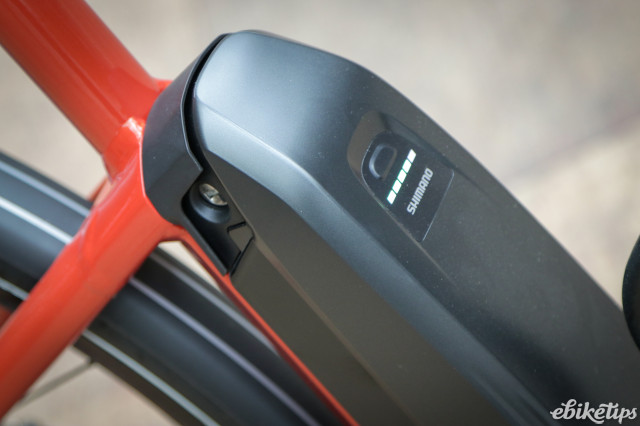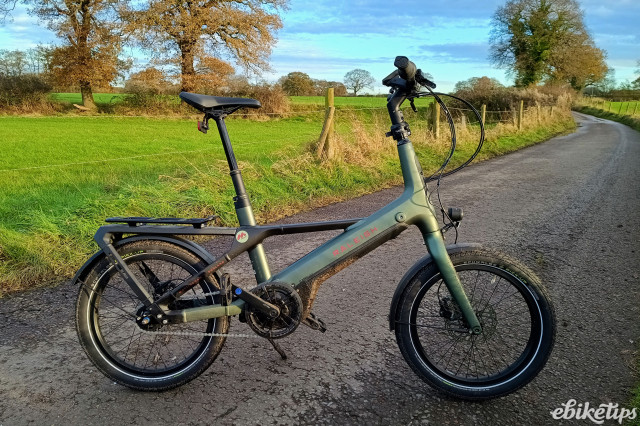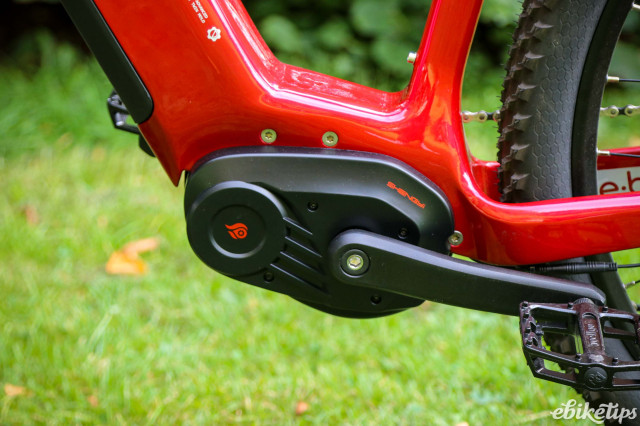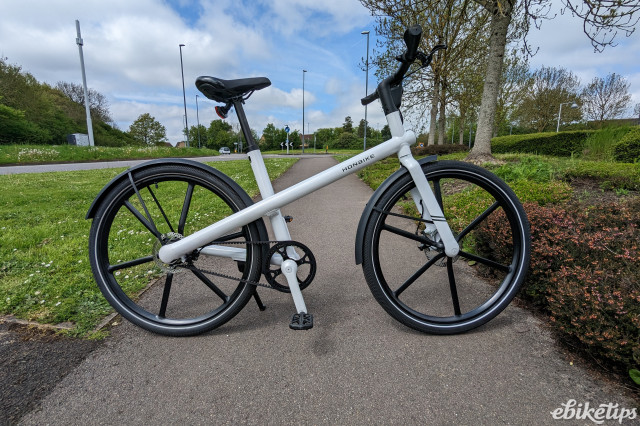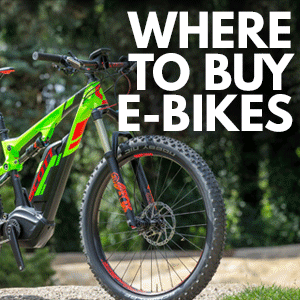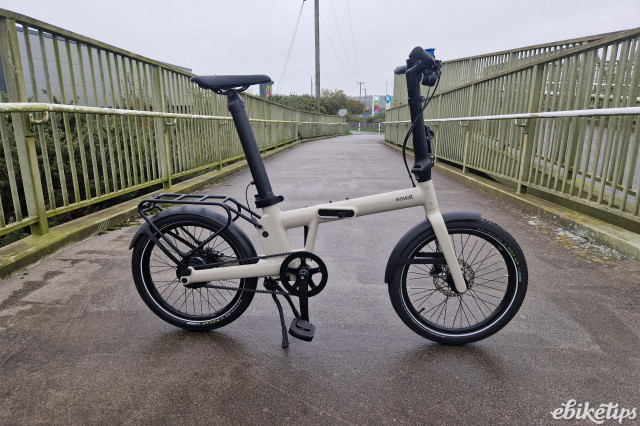Batteries are at the heart of many aspects of modern lives. They power our phones, from 2035 they'll power our cars - and quite often they power our bikes too. Every battery does the same basic thing, but the difference between them is huge.
In the same way that LEDs quickly became the only option for bike lights, lithium-ion is now completely dominant when it comes to e-bike batteries. (Pi-Pop's supercapacitors being an exception.)
It's the same technology you’ll find everywhere from your phone to an electric drill to a Tesla supercar. Lithium-ion batteries are smaller and lighter than the lead acid batteries they replace, meaning lighter bikes and more range for less weight, while the reduced environmental and safety risks make them far more suited to consumer use.
> Are e-bike batteries safe? What’s the difference between a safe battery and a fire risk?
A lot of firms - particularly car manufacturers - are exploring solid state battery technology at the moment. Solid-state batteries have the potential to offer greater range, faster charging and a longer lifespan, but they're still a good few years away. For now it's all about lithium-ion.
Lithium-ion batteries last much longer than lead acid batteries. A lead acid battery typically needs to be replaced after 200-300 charges, whilst a lithium-ion battery is likely to last between 500-2,000 charges, depending on battery quality - and that's only set to increase with new batteries claiming a service life of up to 12 years.
Charging is also a lot more efficient, with a fast charger able to fill up an e-bike battery in just a few hours. The only major downside to lithium-ion batteries is that the charging process needs to be more carefully regulated to avoid damaging the cells, and that adds a little bit to the overall cost. Normally the electronics needed to control the charge are added into the the battery unit.
Lithium polymer batteries are a subset of lithium-ion. The battery functions in a similar way but the process uses a non-rigid container instead of grouping separate solid cells together. This allows battery manufacturers to create a greater variety of battery shapes, with a lighter construction.
Lithium polymer batteries are mainly used for smaller devices (your phone will contain one) but some electric car manufacturers have used them in vehicles, and the ability to customise the shape of the battery is a bonus in e-bikes where manufacturers are integrating the batteries into the shape of the frame.
Capacity (Ah and Wh)
Capacity is usually measured in amp hours (Ah) or watt hours (Wh). They're both essentially measuring the same thing but the watt hour is taking over as the standard because it's a bit more consumer-friendly.
The relationship is simple to explain: a battery with a 10Ah capacity is theoretically capable of supplying 1 ampere of current for 10 hours (or 10 amperes for 1 hour). Multiply that by the voltage the battery supplies (in e-bikes this is usually 36V, although 24V and 48V systems are also available) and you get the capacity in watt hours. Power – measured in watts – is simply the voltage multiplied by the current. So a 10Ah, 36V battery is 360Wh.
E-bike batteries have a range of capacities. The battery is usually the most expensive part of the bike to produce, so cheaper bikes tend to have smaller batteries. The cheapest bikes have batteries of around 150-200Wh, with 300-500Wh the standard range.
Bigger batteries are however available. Bosch have just launched an 800Wh battery, for example.
Another way to increase battery capacity is to use more than one. Bosch launched a dual-battery system in 2016, and manufacturers have often employed this - or at least offered it as an upgrade. Capacities of up to 1,600Wh (2 x 800Wh batteries) are therefore possible.
As for what this means in terms of the range you'll actually get from a given e-bike... well that's a whole other question really.
Range anxiety: How to get the most from your e-bike battery
Cost
It used to be the case that lithium-ion batteries were very expensive. But like any emerging technology, developments in the tech and economies of scale mean that their price has dropped massively, and should continue to do so. Back in 2005 it cost about $1,000 to make a lithium ion battery with a capacity of 1,000Wh. Ten years later, the cost had dropped to just $250. And that trend has continued, because the world supply of lithium-ion batteries has ramped up massively.
Part of this is down to Tesla, the motor company. Actually, they see themselves as more of a battery company, offering not only electric cars but also home battery storage. Their Gigafactory produces around 37 gigawatt hours (GWh) of batteries every year. That's enough for about 75 million e-bikes.
Disposal
Another key reason why lithium-ion batteries have become more popular amongst the European and US markets is their ease of disposal and recyclability compared to lead acid batteries.
In several states in the US and in the EU, it is illegal to dispose of lead acid batteries, so getting rid of them once they have come to the end of their functional lives is difficult.
Lithium-ion, on the other hand, has less environmental impact as a technology, and fewer regulations, meaning that the batteries can be both disposed of and recycled more easily.
The recycling process itself is actually slightly more complex, despite the lack of regulations. However, with the rise in number of this battery type, moves are being made.
Last year the Bicycle Association annnounced plans to launch a national battery collection and recycling programme in spring 2025.
> Old worn-out e-bike batteries: repair, recycle, refurbish or replace?

